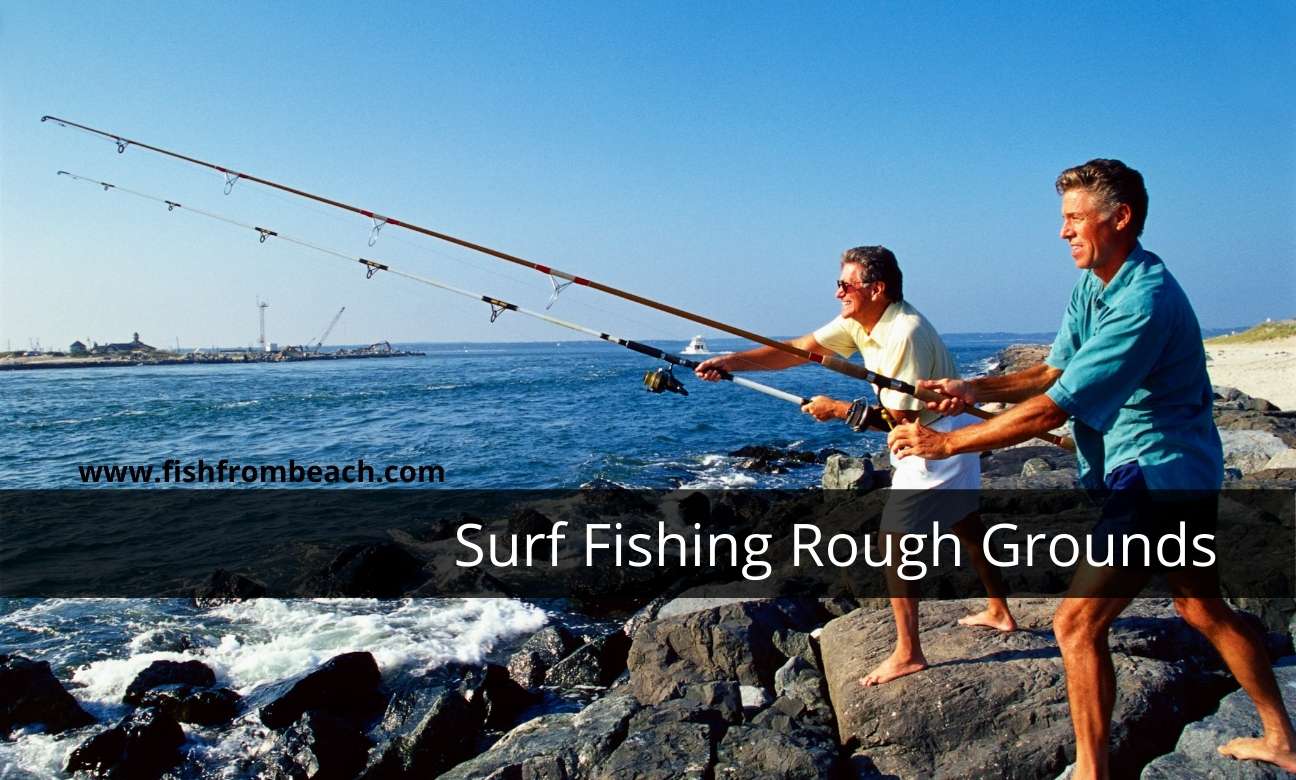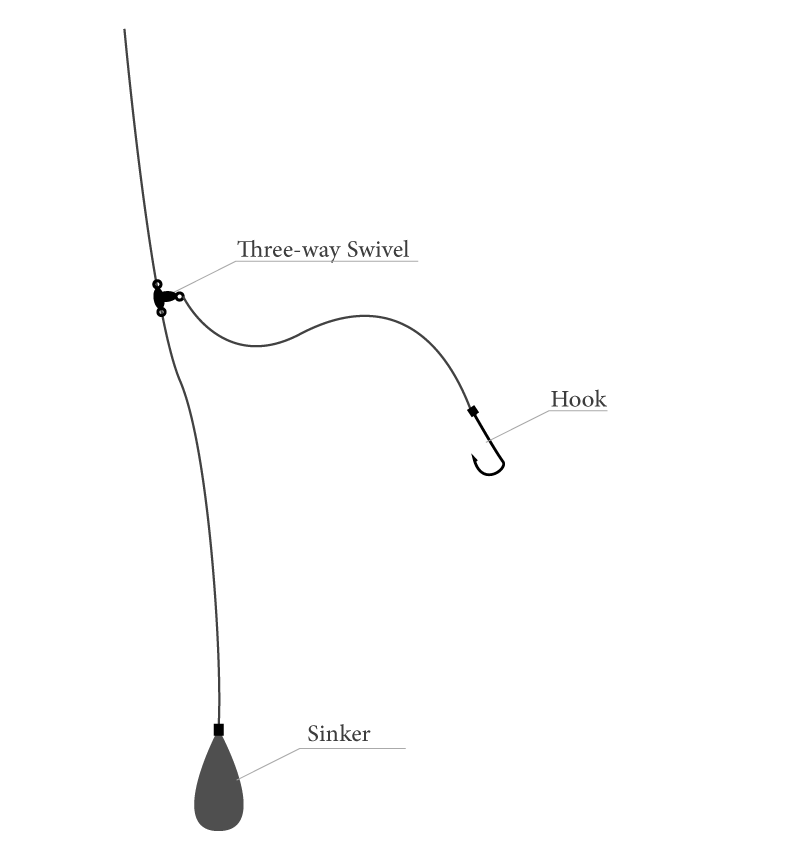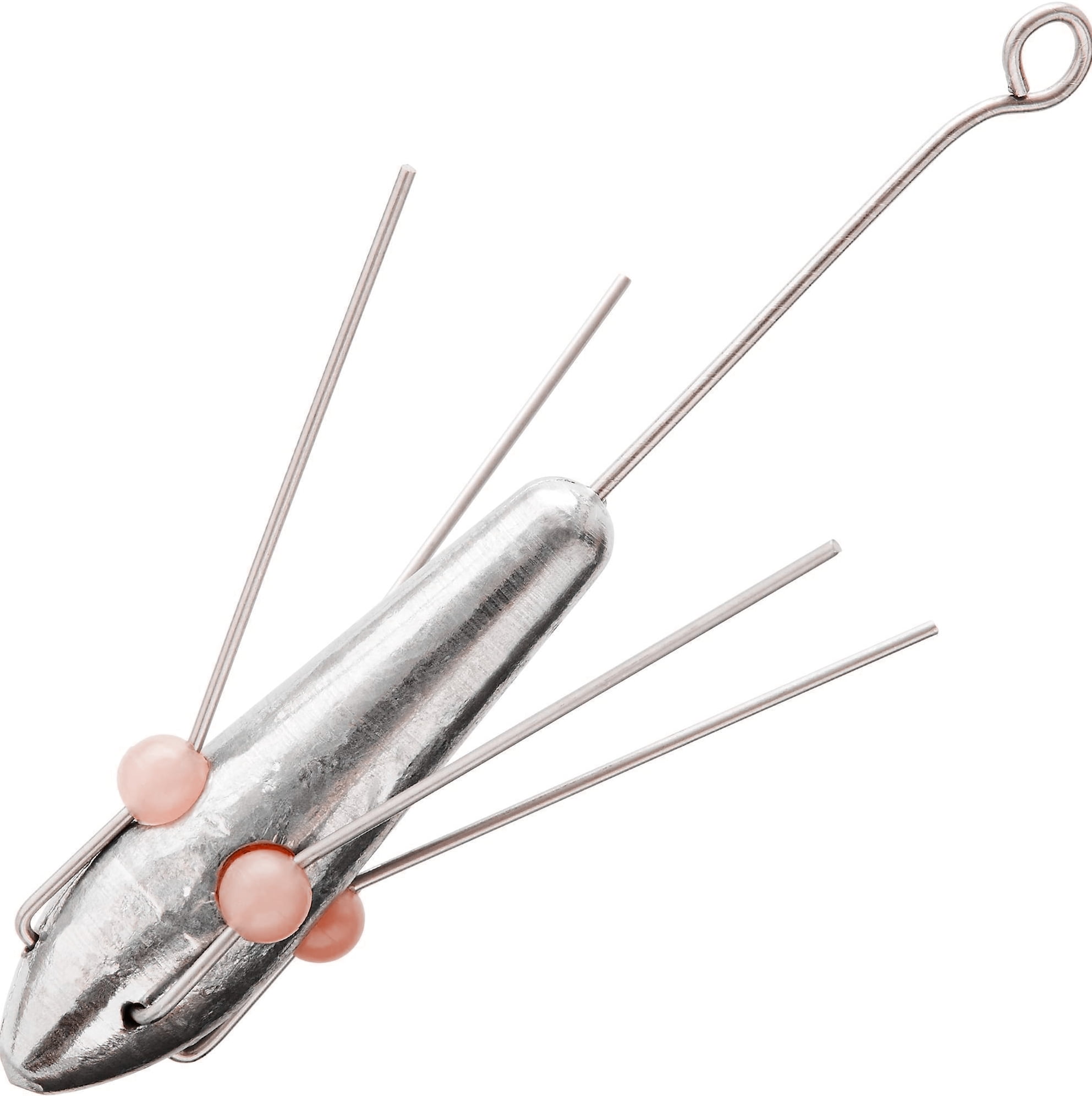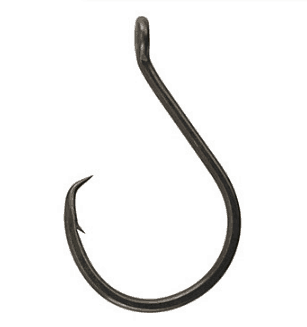
Rough grounds are not my way to go when choosing a place for surf fishing. No… I prefer sandy beaches with open waters where snags are the last thing to worry about.
That being said, I also believe that rocky and mixed seabeds are the most rewarding spots if fished the right way.
Rocky structures provide fish with cover and shelter where they can hide safely from larger fish and feed more comfortably in shallow waters. In turn, offshore predatory fish know that rocky coasts hold plenty of prey and thus are a good destination when looking for food nearshore.
So as a general rule, you should expect fish to be in greater abundance if any rock piles or clusters are in the surf zone. However, what you should also expect, is that in spite of the increased bites count, it will be more difficult to land hooked fish because of the higher risk of getting snagged or caught between the rocks and the weed. In other words, your terminal tackle will be more exposed to kelp, weed, rocks, and barnacles that can catch or cut your line at any moment, resulting in a lot of missed catches and many expensive items left in the surf.
Shore fishing those snaggy structures need, therefore, to be done with a lot of precaution and different techniques to prevent snags and line cut-offs.
That’s what I want to share with you today. In this article, we will discuss 9 things to keep in mind when surf fishing rough grounds in order to avoid snags, protect the terminal tackle and improve the catch per bite ratio. So please keep reading 😉
Scout the beach at low tide
This is the first thing we should talk about in this post. Scouting the surf zone at low tide is a critical thing to do if you want to fish a rocky shore.
What you need to look for here places with low cover and sandy grounds. These are the places to target at high tide because they will produce fewer snags and consequently fewer headaches.
You need also to take note of where the threatening structures are located. By threatening I mean sharp structures and high cover spots. You need to remember where exactly these spots are located so you don’t cast in their direction during the fishing time, and also to know how to react if a hooked fish try to run and hide in these places.
The rig
The way you rig your line is the first thing to optimize when surf fishing rough grounds. Rigs with multiple hooks, traces, and attachments, increase the chances of tangling at something, and therefore, should be avoided.
What you need for snaggy beaches are minimalistic line configurations with very few objects attached.
The Carolina rig and the fish finder rig are good candidates for that, but personally, I prefer the 1 hook version of the Patterson rig or the flapper rig. Why ? Because with these two rigs, the sinker is the last tied thing, and therefore, you are all the time 100% sure that the hook is away from the ground.

surf fishing rig for rough grounds
However, with the C-rig and the fish finder rig, the hook is the last tied thing, and therefore, you still need to rely on the current to lift your hook and get it away from the rocks.
You see what I mean here ? you need to expose the minimum things to the snaggy objects out there.
One thing to mention though is that when using the Patterson or the flapper rig, you should make sure to keep the trace short so your bait does not join the sinker at the bottom.
The sinker
The sinker is the front line solider when fishing rocky grounds. In other words, the sinker will always be the cause of most of your snag situations. Why ? well, simply because it’s is generally the largest and the heaviest item in the terminal tackle, and as a result, it’s the object that has the most contact with the snaggy structures down there.
So what do you suggest ? Not using a sinker ? 😮
No, I would never fish the surf without a lead. However, the shape and the size of the sinker are the factors to tweak here.
Egg and ball shaped sinkers have a good ability to get out of snags thanks to their aerodynamic shape. So using them at the bottom will reduce the tangle rate and help you get out of the surf more often.
However, keep in mind that these sinkers have a soft grip on the ground and therefore may cause a problem during strong currents.

Sputnik sinker
So the alternative solution in those conditions is to use the sputnik sinkers. I love these sinkers because they provide a firm grip at the bottom while staying effective avoiding snags thanks to their wire spikes that snap open when retrieving the line.
The size (weight) of the sinker is another factor to consider when fishing rocky grounds. Obviously, bigger leads result in more snags, so the rule of thumb here is to use the minimum weight you need to remain stable in the strike zone.
Some fishermen on the internet recommend the use of tungsten over lead because it is denser for a given size and therefore keeps the snag odds lower.
The leader
The leader is the part of the line that has the most contact with the rocks. So obviously, we should use it wisely and rationally.
What you need for rough grounds are thick, strong and abrasion resistants leaders.
20-30 lb nylon monofilament or fluorocarbon leaders will work well here. Mono and fluoro are stretchy and abrasion resistants so they will do great and work as a safety cushion between the rocks.
Braid on the flip side does not stretch and its a terrible abrasion-resistant. In other words, despite the remarkable strength of braid, its very vulnerable to abrasion and may snap very easily if rubbed against sharp objects.
The other thing to remember when choosing a leader for rough grounds is the length. Long leaders get snagged more often and therefore should be avoided. 1 foot (12 inches) is the maximum to go here.
Read this article for more information about the optimal leader length for all surf fishing conditions.
The casting distance
It’s a simple and obvious logic here. The further you cast, the more ground you will need to cover when retrieving the line, and as a result, the higher the chances of tangling at something. So when fishing rough grounds, casting too far is the last thing you want to do.
Remember that mixed seabeds are a safer place for fish thanks to the shelter proximity they provide. As a result, fish will be more comfortable to approach the shoreline without worrying too much about a place to hide in when a thread is nearby. Opportunistically, larger predators will also get closer to the rocky shores in search of prey holding next to the shelter. So there is absolutely no point in casting halfway the ocean. Firstly, because you will considerably increase the snag risk, secondly, because you risk missing huge opportunities just a few feet off the shoreline.
The retrieve technique
When fishing rocky structures from shore, you need to look for a good strike zone, cast the line, and wait there motionless for 10-15 minutes. When the retrieve moment arrives, whether to land a fish or to renew the bait, you need to do it very quickly and without stopping until you get your hook back. The goal here is to lift your terminal tackle off the ground and don’t let it go down until you reach the shoreline.
This is the only way to minimize contact with the snaggy structures during the retrieve phase. A slow retrieve will make your hook and sinker touch the rocks several times and as a result, get snagged more often.
And by the way, this is another reason why you should not cast too far when fishing snaggy shores. The longer the distance you go, the harder it is to keep the same high speed during the entire retrieve phase.
Remember, one slight drop in speed and your terminal tackle will go down to where it can not get out again. So keep it short 😉
The reel
Frankly speaking, the reel is not an important factor to consider when surf fishing rough grounds. So there is not much to stress about here. The reason why I put it here though, is simply because I want to mention that the reel should be able to handle the stress you create when trying to get out of a snag. So the more gears, bearings, washers, and plates there are in your reel, the better.
Also, it’s better to have a large reel when fishing snaggy beaches. Why ? because a large reel allows fitting more line, and consequently, retrieve the line faster, which is as said earlier, a very important factor in rocky beaches.
Read this article about the optimal reel size for surf casting.
The hook

Circle Hook
Unlike the reel, the hook is an important factor to watch in a high snag-risk situation.
Simply put, large hooks with wide gaps have more chances to catch something and thus should be avoided. Personally, 3/0 – 4/0 is my limit size when I know some snaggy structures are out there.
It should also be mentioned that circle hooks are the best choice for rough grounds. Their point bending back to the shank makes it difficult for surrounding objects to get inside the hook and get stuck in there.
The rod
The rating of your rod is another important factor to consider when surf fishing rough shores.
The main thing to focus on here is the sensitivity of your pole and how quickly it responds to your efforts when trying to get out of snags.
In other words, you need a fast action rod that does not bend much when exposed to pressure. These rods are so sensitive and will transmit all the energy you create when moving the rod, ensuring that all your intentions will be quickly and fully transmitted to the other end of the line.
Also, the longer the rod the better. 12-14 ft is the ideal size for rough grounds. The longer the rod, the more leverage and the more control it gives you when dealing with snags.
Read this post for more information about the optimal rod length for surf fishing.
Some recommended surf fishing gear(*)
Note (*): If you make a purchase through links from this website, we may get a small share of the sale from Amazon or other similar affiliate programs.
Surf Fishing Survey
Help us provide you with better content by answering simple questions about your surf fishing experience and knowledge.
We will put the collected responses together and turn them into valuable information that will help you catch more fish from shore 😉
Note: No personal information will be collected with your answer.

